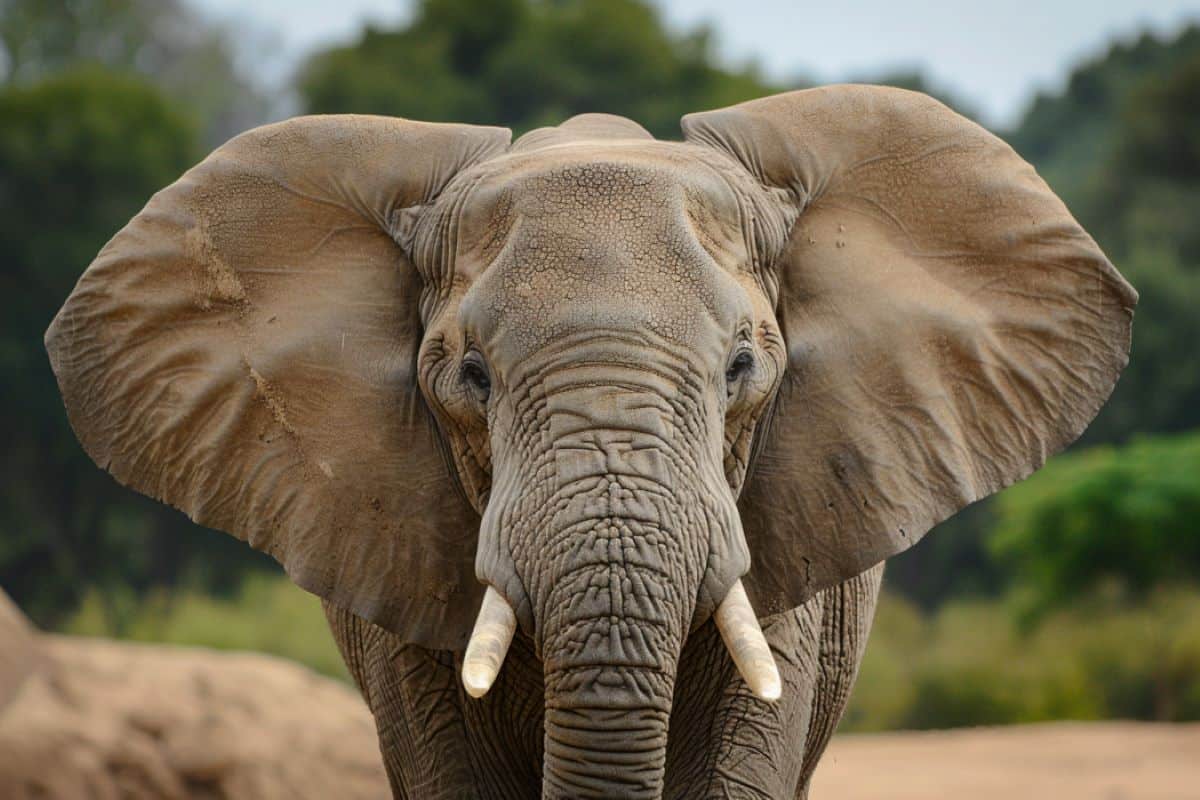Resume: Researchers studied brain and body sizes in 1,500 species and found that larger animals do not have proportionally larger brains, challenging long-held beliefs. The study reveals that the relationship between brain and body size is curved, not linear.
This discovery helps explain why humans and other species deviate from the norm in the evolution of brain size. The findings provide a simpler model for studying the evolution of the mammalian brain.
Key Facts:
- Curved relationship: In larger animals, brain size increases more slowly than body size.
- Human exception: Humans have evolved significantly larger brains relative to their body size.
- Evolutionary constraints: In some species, such as bats, brain size has changed in unique ways due to evolutionary pressures.
Source: University of Reading
Researchers from the University of Reading and the University of Durham have compiled a huge dataset on the brain and body sizes of around 1,500 species, in an effort to clarify centuries of controversy surrounding the evolution of brain size.
Larger brains relative to body size have been linked to intelligence, sociality and behavioural complexity – with humans having evolved exceptionally large brains. The new research, published today, reveals that the largest animals do not have proportionately larger brains, challenging long-held beliefs about brain evolution.

Professor Chris Venditti, lead author of the study from the University of Reading, said: “For more than a century, scientists have assumed this relationship was linear – meaning that brain size increases proportionally as an animal gets bigger. We now know that this is not true.
“The relationship between brain and body size is a curve, which essentially means that very large animals have smaller brains than expected.”
Professor Rob Barton, co-author of the study from Durham University, said: “Our results help to resolve the confusing complexity in the relationship between brain and body mass. Our model has a simplicity that means previously elaborate explanations are no longer necessary – relative brain size can be studied using a single underlying model.”
Outside the ordinary
The study shows a simple relationship between brain and body size across all mammals, allowing researchers to identify the offenders – species that challenge the norm.
Our own species is also among these outliers, Homo sapiens, which has evolved more than 20 times faster than any other mammal, resulting in the enormous brains that define humanity today. But humans are not the only species to buck this trend.
All mammal groups showed rapid changes – both toward smaller and larger brain sizes. Bats, for example, reduced their brain size very rapidly when they first evolved, but then showed very slow changes in relative brain size, suggesting that there may be evolutionary constraints related to the demands of flight.
There are three groups of animals that show the most pronounced rapid change in brain size: primates, rodents, and carnivores. In these three groups, there is a tendency for relative brain size to increase over time (the “Marsh-Lartet rule”). This is not a universal trend for all mammals, as was previously thought.
Study co-author Dr Joanna Baker, also from the University of Reading, said: “Our results reveal a mystery. In the largest animals, there is something that prevents brains from growing too big. Whether this is because large brains are simply too expensive to maintain above a certain size remains to be seen.
“But because we also observe a similar curvature in birds, the pattern appears to be a general phenomenon: the cause of this ‘strange ceiling’ applies to animals with a very different biology.”
About this news about neuroscience and evolutionary research
Author: Ollie Sirrell
Source: University of Reading
Contact: Ollie Sirrell – University of Reading
Image: The image is attributed to Neuroscience News
Original research: The findings will be published in Nature Ecology and Evolution
